As in any field, those who wish to become exemplary clinicians must prioritize learning from the masters who came before them. Monday’s panel discussion, Masterclass in Medicine: Help Your Learners Develop the Early Career Habits of Master Clinicians, offered medical students, physicians in training, and other healthcare professionals a rare opportunity to learn from esteemed and revered figures in rheumatology, each with decades of experience.
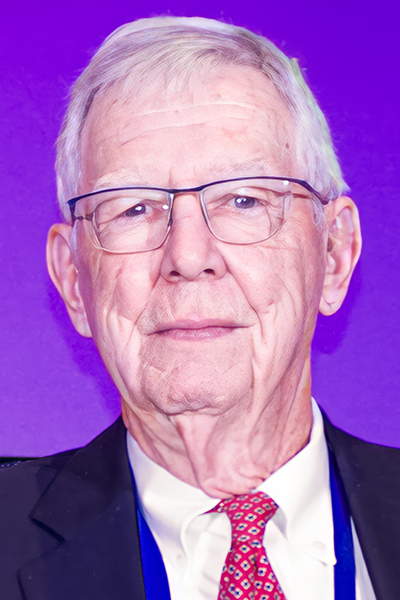
These panelists included Ronald Anderson, MD, who established the clinical rheumatology training program at Brigham and Women’s Hospital and became a clinician teacher at the hospital when he retired from full-time clinical practice; David Pisetsky, MD, PhD, Professor of Medicine and Professor of Integrative Immunobiology at Duke University School of Medicine; and Michael Weisman, MD, Professor of Medicine Emeritus at the David Geffen School of Medicine at the University of California, Los Angeles, Professor of Medicine Emeritus at Cedars-Sinai Medical Center, and the recently retired Director of the Division of Rheumatology at Cedars-Sinai Medical Center. The three experts shared pearls of wisdom with ACR Convergence attendees to help them achieve greatness in their home practices.
Recorded sessions at ACR Convergence 2025 will be available on demand to all registered meeting participants within 72 hours of the live presentation through October 31, 2026, by logging into the meeting website.
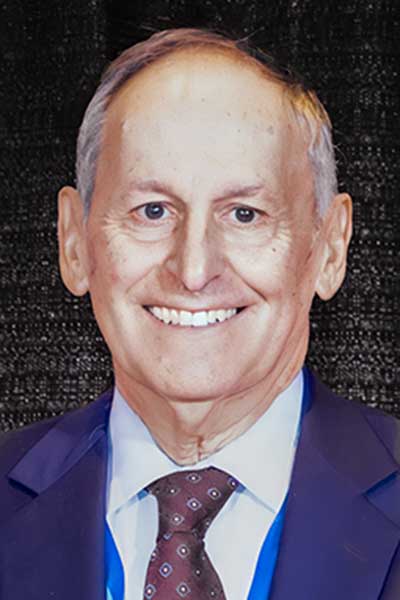
The three panelists emphasized the importance of maintaining a humanist, patient-first perspective while treating patients.
“A technician treats a disease, while a clinician treats a person,” Dr. Anderson said. “They do their best to alleviate the effect of the illness on every aspect of that patient’s life.”
Dr. Weisman advocated for the importance of truly listening to each patient across every interaction with them, which builds trust and a deeper connection between the clinician and patient.
“When you go in and see that patient, you listen and observe, and at the end of that period of time, you will develop a relationship with that patient that matters to them,” he said.
As Dr. Anderson explained, building these connections not only benefits the patient but can assist the rheumatologist as they work to identify complex conditions that can take months or years to properly diagnose and treat.
“Rheumatology is a field that, although the treatment is much better than it was before, we don’t have a lot of great cures,” Dr. Anderson said. “So, if the patient is part of your team, if you can incorporate them well, I think that’s very, very helpful.”
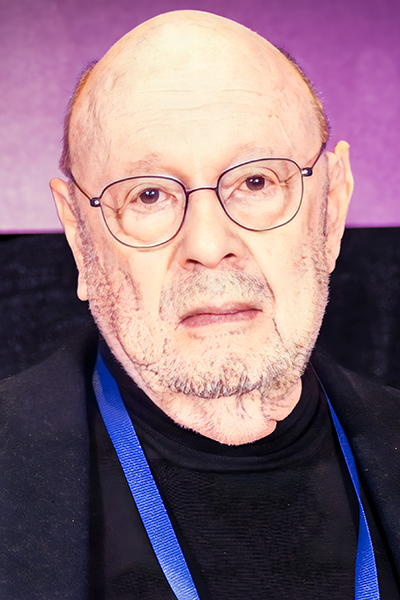
Dr. Weisman concurred that learning to live with uncertainty is a critical tenet of rheumatology. He asserted that rheumatologists must learn to instill confidence in their patients that even if they don’t have the answers they’re looking for today, they will figure out how to provide the treatment they need over time.
“Deal with uncertainty, but do it in a positive way,” Dr. Weisman explained.
One way to deal with such uncertainty, according to Dr. Weisman, is to act “as a consultant” by digging into who referred the patient to a rheumatologist and seeking to understand their rationale for the referral, to ensure you and they have all the proper context.
“Your job is not only to figure out what diagnosis that patient has — that’s the easy part,” he said. “Your job is to ask, ‘Why did that first or second doctor fail to make that diagnosis? What was it in that relationship with that doctor that prevented them from coming to the conclusion that I did?’”
A related skill that each master clinician agreed was essential is the art of close observation. Dr. Pisetsky, who was the first editor of The Rheumatologist in 2006 and has written many creative nonfiction or narrative nonfiction essays and short stories over the years, credited his interest in writing for sharpening his observation skills. As writers use small, specific details to express something to their readers about a character, doctors can glean potentially helpful insights from closely observing their patients and asking the right questions.
“It doesn’t take a long time,” explained Dr. Pisetsky. “Just pay attention and see what you can gain.”
Dr. Pisetsky also said clinicians can gain insights into what works and what doesn’t work during patient interactions by paying particular attention to their feelings and perceptions when they or their family members are patients themselves.
The panelists also urged attendees to keep patient outcomes top of mind as their end goal. Dr. Pisetsky was recently reminded of this as a patient himself, dealing with a painful acute condition. All he cared about, he said, was pain relief. He didn’t form a deep, meaningful relationship with his care team, but he was thrilled with the outcome as soon as he felt better.
“Medicine is very good. Imaging is very good. Outcome is better,” Dr. Pisetsky said.
Don’t Miss a Session
If you can’t make it to a live session during ACR Convergence 2025, make plans to watch the replay. All registered participants receive on-demand access to scientific sessions after the meeting through October 31, 2026.
